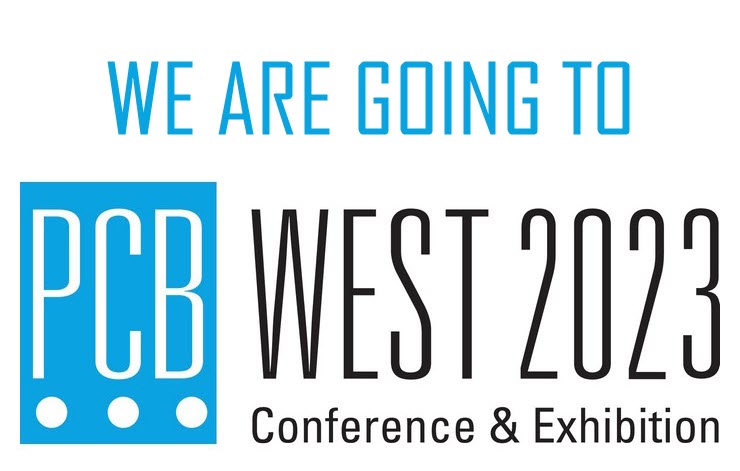
This is a story about Alex and his vision.
At the Consumer Electronics Show (CES) in January 2025, Alex Patel, a software engineer with a passion for wearable technology, immersed himself in a sea of cutting-edge gadgets and innovations at the Las Vegas Convention Center. He navigated through the crowded halls, marveling at the latest smartphones, smart home devices, and AI-powered robots, but he couldn't shake a nagging frustration.
 Alex, who had type 1 diabetes, was constantly aware of the need to monitor his blood glucose levels. Despite the plethora of advanced technology surrounding him, he realized that managing his condition still required multiple devices and frequent manual interventions. He had to carry a separate glucose monitor, insulin pump, and smartphone app to keep track of his health data.
Alex, who had type 1 diabetes, was constantly aware of the need to monitor his blood glucose levels. Despite the plethora of advanced technology surrounding him, he realized that managing his condition still required multiple devices and frequent manual interventions. He had to carry a separate glucose monitor, insulin pump, and smartphone app to keep track of his health data.
During a panel discussion on the future of healthcare technology, Alex had a sudden burst of inspiration. What if there was a way to integrate all these functions into a single, sleek, wearable device?
Excited by the possibility, Alex quickly jotted down his idea in his smartphone's notes app. His concept was an all-in-one smartwatch specifically designed for diabetics. The device would feature a non-invasive glucose monitoring sensor, a miniaturized insulin pump, and advanced AI algorithms to predict glucose trends and suggest insulin dosages.
Alex couldn't contain his enthusiasm as the panel concluded, so he shared his idea with a few fellow attendees. A biomedical engineer in the group was particularly intrigued and suggested incorporating a closed-loop system that could automatically adjust insulin delivery based on real-time glucose readings.
Energized by the positive response, Alex spent the remainder of CES refining his concept. He attended workshops on miniaturization techniques, spoke with representatives from medical device companies, and even had a chance encounter with a venture capitalist specializing in health tech startups.
By the end of the four-day event, Alex had transformed his initial idea into a comprehensive product concept. His "GlycoBeat Watch" would combine glucose monitoring and insulin delivery and integrate with other health metrics like heart rate, sleep patterns, and activity levels to provide a holistic view of the user's health.
 Alex devoted himself to bringing his vision to life following CES. He assembled a team of engineers and medical professionals, secured seed funding, and began developing prototypes. The challenges were numerous – from ensuring the accuracy of the non-invasive glucose sensor to navigating the complex regulatory landscape for medical devices.
Alex devoted himself to bringing his vision to life following CES. He assembled a team of engineers and medical professionals, secured seed funding, and began developing prototypes. The challenges were numerous – from ensuring the accuracy of the non-invasive glucose sensor to navigating the complex regulatory landscape for medical devices.
Of course, MaRCTech2 became an essential resource for Alex throughout the development of his new GlycoBeat Watch. Krystal Fitzpatrick (a manufacturing matchmaker) offered connections to exceptional manufacturers that could meet high standards for monitoring people’s health.
As Alex and his team prepared to unveil a working prototype of the GlycoBeat Watch at the next CES, he reflected on how a moment of personal frustration at a trade show had led to an innovative solution that could potentially improve the lives of millions of people with diabetes. His experience demonstrated how the convergence of different technologies at events like CES could spark ideas that bridge gaps in existing solutions, leading to transformative products in consumer electronics and healthcare.
Do you have a project? Contact Krystal today!




